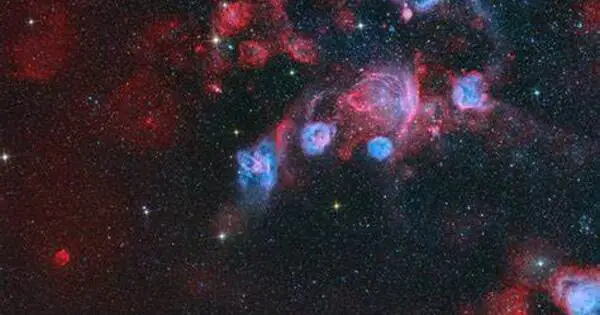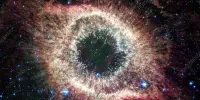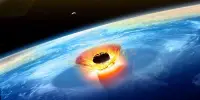NGC 249 is an emission nebula in the Tucana constellation. James Dunlop, an astronomer, discovered it on September 5, 1826. It is a name given to a celestial object in space that is cataloged in the New General Catalog (NGC), a comprehensive catalogue of astronomical objects such as galaxies, nebulae, and star clusters.
It is part of the New General collection (NGC), a collection of deep-sky objects such as galaxies, star clusters, and nebulae. Emission nebulae, such as NGC 249, are made up of ionized gas, predominantly hydrogen, and produce light in a variety of hues as a result of the ionization process. These nebulae are often regions where new stars are forming, and the intense ultraviolet radiation from young, hot stars within them causes the surrounding gas to glow.
Tucana is a constellation in the southern hemisphere, and it’s one of the 88 officially recognized constellations. It’s known for containing various deep-sky objects, including NGC 249, which can be observed by astronomers and amateur stargazers interested in exploring the night sky.
Here are some key characteristics and information about NGC 249 –
- Location: It is situated in the Small Magellanic Cloud (SMC), a dwarf galaxy that is a satellite of our Milky Way galaxy. It is located at a distance of approximately 200,000 light-years from Earth.
- Appearance: This emission nebula appears as a glowing cloud of gas and dust in deep space. The light emitted by NGC 249 is primarily in the red part of the spectrum, characteristic of hydrogen-alpha emissions.
- Stellar Ionization: The characteristic red glow of NGC 249 is due to the ionization of hydrogen atoms by the intense ultraviolet radiation from nearby hot, massive stars. These young, massive stars emit a lot of energy, which ionizes the surrounding hydrogen gas, causing it to emit light.
Star Formation
NGC 249 and other emission nebulae are frequently active star formation sites. The radiation from hot stars not only ionizes the gas, but also exerts pressure on it, compressing it and causing new stars to develop. There may be clusters of newly born stars contained in this nebula. The stars within this nebula will continue to influence the surrounding nebula over time. Some of the most massive stars may someday explode as supernovae, influencing the structure and chemistry of the nebula.
Astronomical Observations
Due of its remarkable appearance and location in the SMC, it is a favorite target for astronomers and astrophotographers. Observations of such nebulae can provide vital insights into the processes of star formation and star life cycles.
















